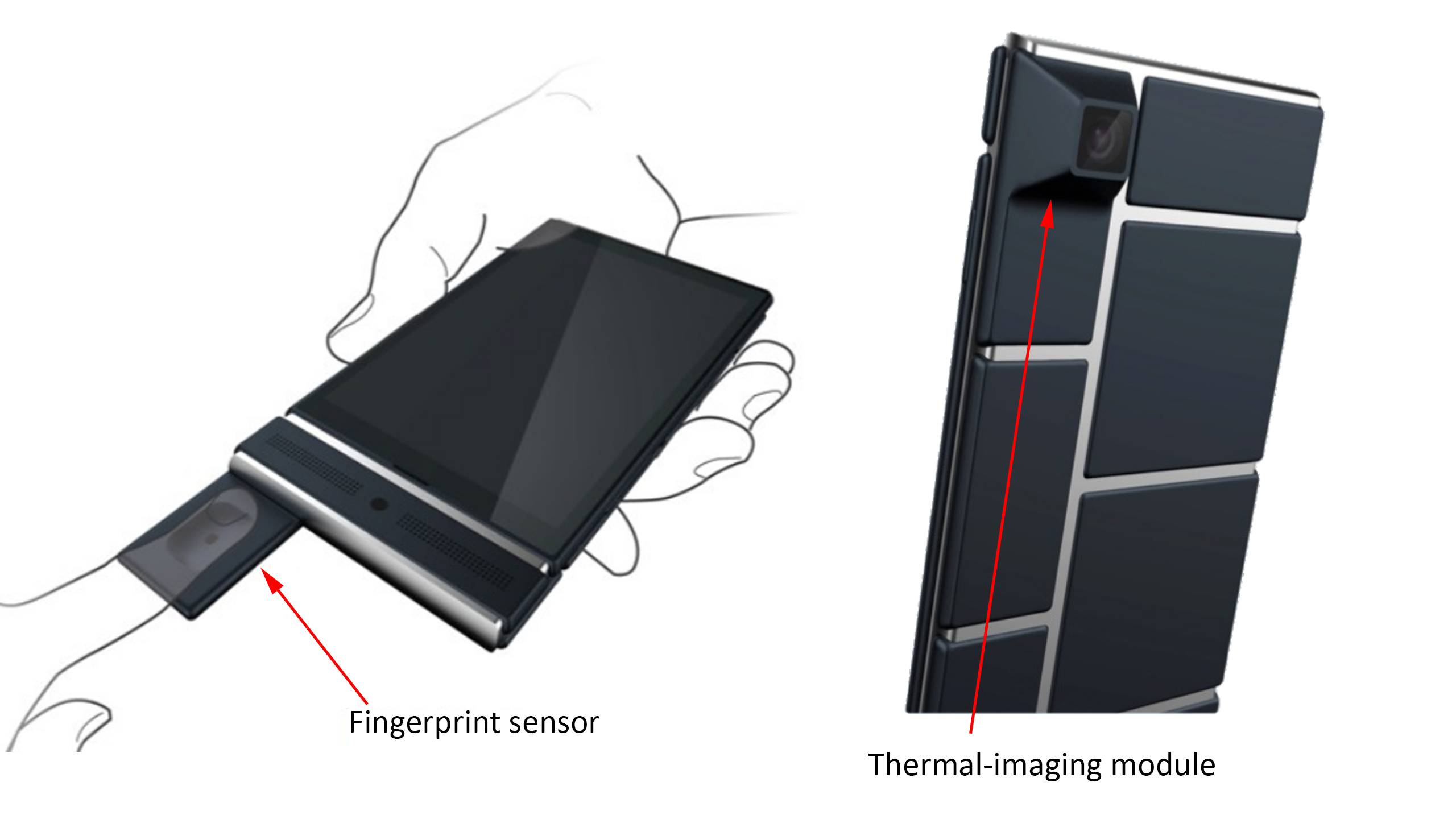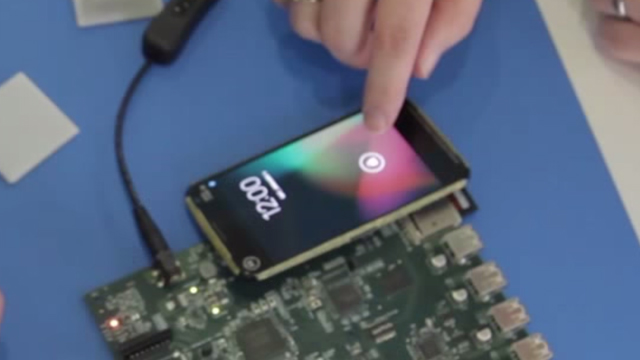Project Ara: your next smartphone is one you'll build yourself
Google's blueprint for the first modular phone is here and it's impressive
That means that the software platform the Ara designers come up with not only has to work for the power and data needs of current components, but also the kind of freakishly fast components we'll be using down the line, assuming technology keeps improving at the current rate.
One of Google's more interesting visions for Ara is the use of over-size modules that stick out from the chassis.
Two ideas specifically highlighted are a thermal-imaging camera, which you could swap out the regular camera for when you're feeling particularly Terminator; and a fingerprint sensor module that extends off the bottom of the phone. It's not difficult to imagine other, equally useful, applications – a zoom-lens camera, for example, or a credit-card reader.

Equally interesting is the design language Google is dictating for modules, with the aim "to create a smooth, fat, pebble form". This, according to Google, achieves a double-whammy of an easy-to-hold design, which also has a "timeless" aesthetic.
That said, Google's also been showing off Ara modules with zany colour schemes, or even cat-faces drawn on – so with any luck, it'll be more than standard-issue black rectangles to choose from.
Overall, it looks like the first generation of Ara won't be quite as modular as the Phonebloks prototype – the need for ribs on the endo severely limits the overall modularity of the phone.
That said, the design still allows you to replace components as more powerful ones come on the market, so one of Phonebloks' ambitions – to reduce e-waste – is still very much alive, provided that the endo can keep up.
Get daily insight, inspiration and deals in your inbox
Sign up for breaking news, reviews, opinion, top tech deals, and more.
Software
Unsurprisingly, Google is speccing Ara out to run a version of Android, more or less. A few specific protocols are being added to support modules like the thermal-imaging camera, but overall the software on an Ara phone should very much feel and perform like stock Android.

The plan is to have all Ara modules submitted to Google, where they'll be certified and then put up for sale through a Module Market, a la Google's Play Store app market.
Presumably this will also come with a similar division of the sale price – a slice to Google, and the majority to the manufacturer. However, the details and mechanics are still TBD.
Availability
Google's aiming for a release in the first quarter of 2015 – less than 365 days from now, in other words. Although there are lots of details still to iron out, the release of this developer kit should allow third-party manufacturers to get to work on modules.
If all the necessary design, prototyping and bug-testing can be done in the remaining months, that launch date might not be such a far-flung dream after all.